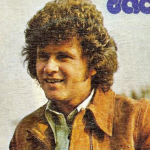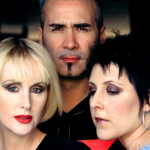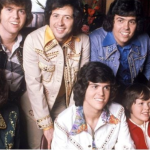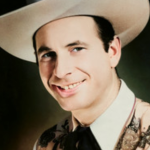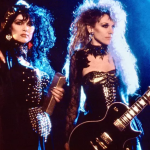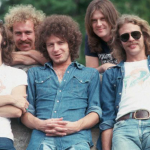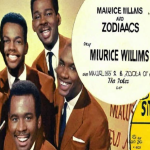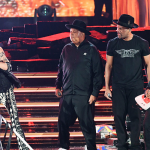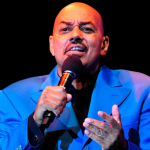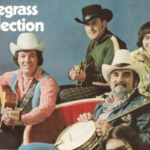“Dancing in the Dark” – Bruce Springsteen

“Dancing in the Dark,” released in 1984, is one of Bruce Springsteen’s most well-known and commercially successful songs. It delves into themes of restlessness, desire, and the quest for self-fulfillment, all wrapped up in a catchy, danceable tune that has stood the test of time.
The song opens with a sense of urgency and dissatisfaction. The lyrics “I get up in the evening / And I ain’t got nothing to say” capture the monotony and frustration of daily life. This feeling is amplified as Springsteen sings about wanting to change his life but feeling stuck, a sentiment that resonates with many who have experienced periods of stagnation.

One of the most powerful aspects of “Dancing in the Dark” is its exploration of the tension between desire and inertia. The chorus, “You can’t start a fire / You can’t start a fire without a spark,” serves as both a lament and a call to action. It reflects the inner conflict of wanting to ignite change and passion in one’s life but struggling to find the initial spark to do so.
Musically, “Dancing in the Dark” features a blend of rock and synthesizer-driven pop, which was a departure from Springsteen’s earlier, more traditional rock sound. This new musical direction not only made the song a huge hit on the dance floors of the 1980s but also demonstrated Springsteen’s versatility as an artist. The upbeat tempo and catchy melody contrast with the introspective lyrics, creating a dynamic interplay that enhances the song’s impact.

The music video for “Dancing in the Dark,” directed by Brian De Palma, famously features a young Courteney Cox being pulled onstage to dance with Springsteen. This iconic moment underscores the song’s themes of spontaneity and the search for connection and excitement. The video helped cement the song’s place in popular culture and brought its message to an even wider audience.
Springsteen’s vocal performance in “Dancing in the Dark” is infused with a sense of yearning and determination. His voice conveys the deep-seated frustration of feeling stuck but also the resilience to keep pushing forward. This duality is a hallmark of Springsteen’s storytelling—acknowledging life’s hardships while also celebrating the human spirit’s ability to persevere.

The song’s enduring popularity can be attributed to its relatability. Many people have felt the desire for change and the frustration of feeling stuck in a rut. “Dancing in the Dark” captures these emotions with honesty and energy, making it a timeless anthem for anyone who has ever felt restless and eager for something more.
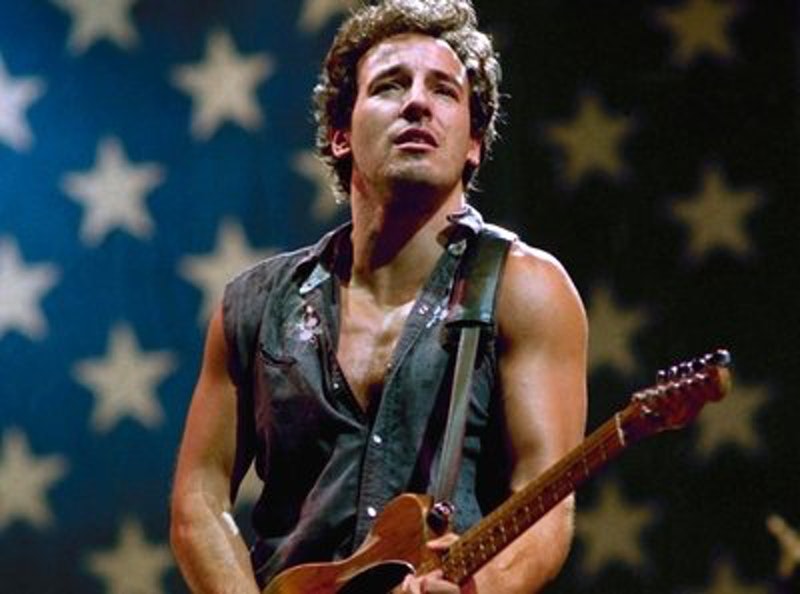
In conclusion, “Dancing in the Dark” by Bruce Springsteen is a powerful exploration of restlessness and the desire for change. Through its compelling lyrics, innovative musical style, and memorable music video, the song captures the universal human experience of seeking fulfillment and breaking free from the constraints of everyday life. Springsteen’s ability to channel these emotions into a danceable rock anthem is what makes “Dancing in the Dark” a standout in his extensive catalog and a beloved classic.
